Simple LED Flasher Project
I wanted to put together a simple two LED flasher circuit that would use the fewest parts and low power. My first project of this type used the NE555 timer IC but besides the chip, it requires more power than what I would like to use. Using a couple low-power NPN transistors, the circuit should be able to run for hours on a 9v battery.
The Circuit
I decided to use two 2N3904 transistors (a low power NPN transistor). This design uses only 10 components but I added additional resistor to inline with the power source. It could be removed and the other resistors adjusted to lower the power.

I used a free copy of LTSpice from Linear Technology to create the circuit (most SPICE packages do not have LED components for some reason) – you can download it here: http://www.linear.com/designtools/software/ltspice.jsp
Which LED will light first?
The Breadboard
I assembled the circuit using a low cost breadboard I picked up at Fry’s Electronics. Using a breadboard allowed me to play around with different components, especially the capacitors and resistors to tweak the flash rate and brightness.
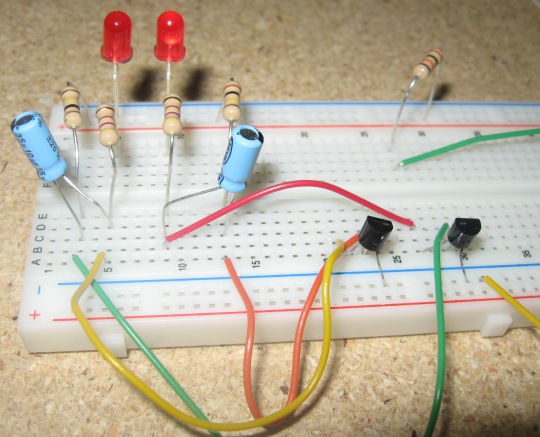
Single LED Flasher
The simplest single LED Flasher circuit I have found uses a single transistor (NPN), 2 resistors and 1 capacitor. This circuit uses the transistor as a Negistor using the NDR (negative differential resistance) effect. The transitor will block current until the voltage threshold charging on C1 reach something close to 9v, at which point the voltage will become large enough to get the emitter-base junction to avelanche and drain the current through the LED.
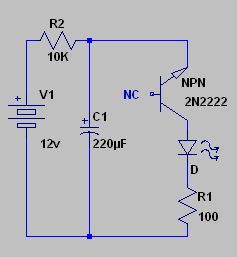
Click here for the video:
http://jasonacox.com/images/IMG_2022.MOV
Reference
http://wild-bohemian.com/electronics/flasher.html
http://en.wikipedia.org/wiki/2N3904
http://www.linear.com/designtools/software/ (LTspice – Nice circuit design tool based on Spice)
http://www.cappels.org/dproj/simplest_LED_flasher/Simplest_LED_Flasher_Circuit.html
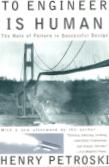
 Before cell phones that fit in the palm of your hand and slim laptops that fit snugly into briefcases, computers were like strange, alien vending machines. They had cryptic switches, punch cards and pages of encoded output. But in 1975, a young engineering wizard named Steve Wozniak had an idea: What if you combined computer circuitry with a regular typewriter keyboard and a video screen? The result was the first true personal computer, the Apple I, a widely affordable machine that anyone could understand and figure out how to use.
Before cell phones that fit in the palm of your hand and slim laptops that fit snugly into briefcases, computers were like strange, alien vending machines. They had cryptic switches, punch cards and pages of encoded output. But in 1975, a young engineering wizard named Steve Wozniak had an idea: What if you combined computer circuitry with a regular typewriter keyboard and a video screen? The result was the first true personal computer, the Apple I, a widely affordable machine that anyone could understand and figure out how to use.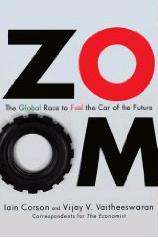
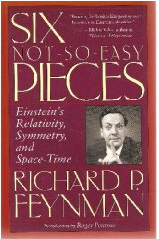 This sequel to Richard Feynamn’s Six Easy Pieces grabs six more additional lectures from his famous three-volume series, Lectures on Physics. In this book, Feynman unfolds the complexity of Relativity, Symmetry and Space-Time. As is typical for his style, he makes these very complex subjects approachable, but then drives deeper to reveal the mathematics behind the mysteries. The narrative and related equations are definitely geared toward math and science students.
This sequel to Richard Feynamn’s Six Easy Pieces grabs six more additional lectures from his famous three-volume series, Lectures on Physics. In this book, Feynman unfolds the complexity of Relativity, Symmetry and Space-Time. As is typical for his style, he makes these very complex subjects approachable, but then drives deeper to reveal the mathematics behind the mysteries. The narrative and related equations are definitely geared toward math and science students. 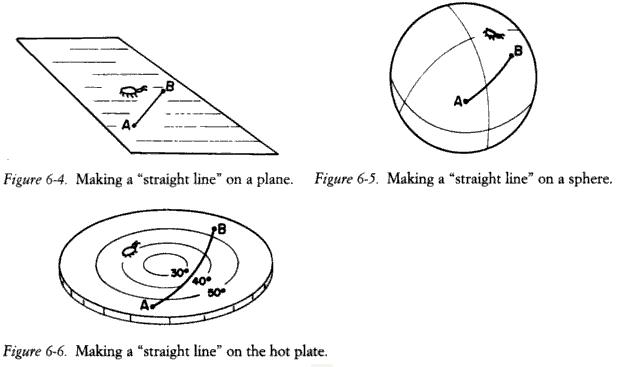

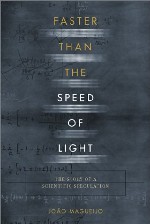

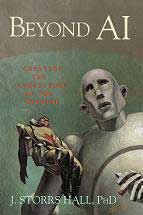
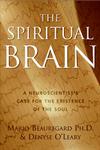 The Spiritual Brain
The Spiritual Brain